Understanding Motor Shaft Parts
Motor shaft parts are integral components in various mechanical and industrial applications. These parts serve as the central axis for rotational motion, transferring power from the motor to the intended machinery. The durability and performance of a motor shaft are pivotal, as they directly influence the efficiency and longevity of the equipment they power.
Types and Materials of Motor Shafts
The selection of motor shafts is diverse, catering to different operational needs. Common materials include steel and graphite, each offering distinct advantages. Steel shafts are known for their robustness and are often employed in scenarios requiring high strength, such as in parallel shaft gearmotors or 20 hp vertical shaft motors. Graphite shafts, on the other hand, are lighter, reducing the overall weight of the equipment like in shaft blower applications, and are particularly beneficial for precision tasks where control is paramount.
Applications and Flexibility
The application of motor shaft parts extends across various industries, from automotive to manufacturing. The flexibility of a shaft, or its ability to bend during operation, is a critical specification. It influences the operational dynamics of devices such as dual shaft electric motors and linear shaft motors. Flex ratings range to accommodate different rotational speeds and torques, ensuring compatibility with both high-speed applications like shaft linear motors and more controlled environments where a flexible motor coupler may be used.
Features of Motor Shaft Parts
In addition to flexibility, motor shaft parts come with varying torque ratings, which is the measure of rotational force. Torque affects the twist of the shaft during use, a factor crucial in applications involving electric motor shafts. Higher torque ratings are common in shaft grounding rings, which help in reducing electrical pitting and are essential for the longevity of the motor.
Advantages of Optimal Shaft Selection
Choosing the right motor shaft part, such as a motor shaft bushing or motor shaft seals, can significantly enhance performance. Bushings reduce friction and wear, while seals prevent fluid leakage, both extending the life of the motor. In specialized motors like a hollow shaft electric motor or a dual shaft gear motor, the correct shaft part ensures optimal torque transmission and operational efficiency.
Conclusion
The selection of the appropriate motor shaft parts is a nuanced process that requires understanding the specific needs of the application. Whether it's for a 30 hp vertical shaft engine or an ac shaft, the right components ensure the motor operates at peak performance, with reliability and longevity as key outcomes.
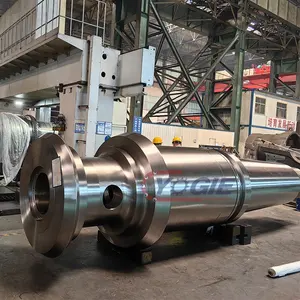




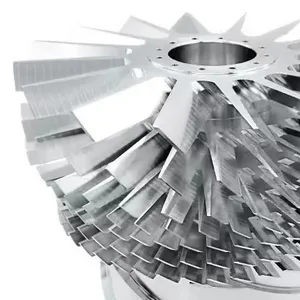



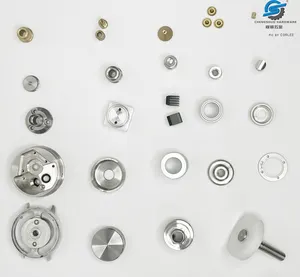








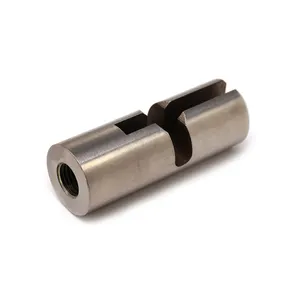




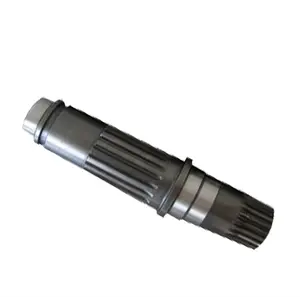

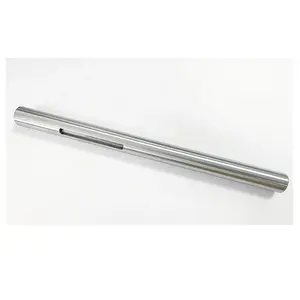



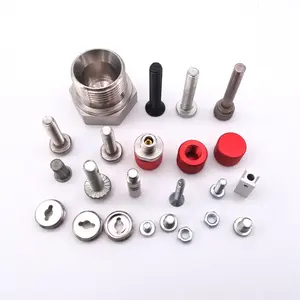


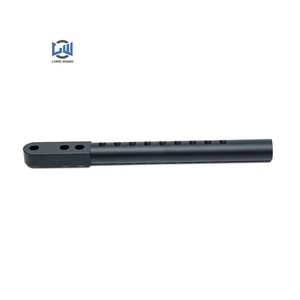
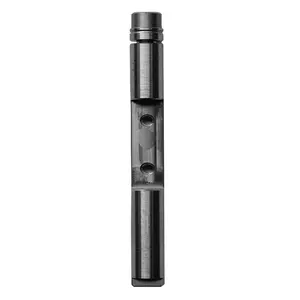


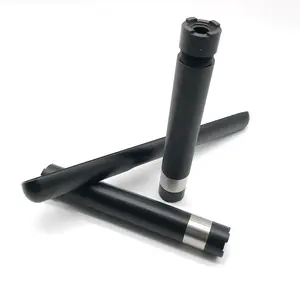
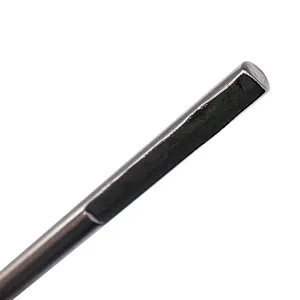









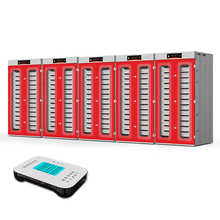
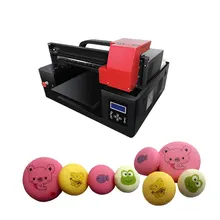




























 浙公网安备 33010002000092号
浙公网安备 33010002000092号 浙B2-20120091-4
浙B2-20120091-4